These Are the Deadliest Seats on Airplanes, According to Scientists
Some seats carry a greater risk than others.
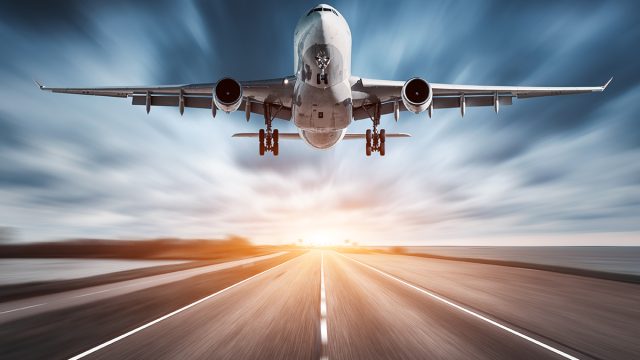
Scientists say they’ve determined the airplane seat locations where you’re most likely to die if the craft is involved in a crash. That’s the assertion of Doug Drury, a professor at Central Queensland University in Australia, who analyzed the subject in a piece for The Conversation. Although he reassured travelers that “air travel is the safest mode of transportation”—you only have a 1 in 205,000 chance of dying in an airplane crash, compared to 1 in 102 in a car—there are certain seats that carry a greater risk than others, he said.
Read on to find out which section and seats in the plane are the safest, whether the type of plane has been found to make any difference in terms of surviving an accident, and why planes have become safer than ever.
Safety By Section and By Seat
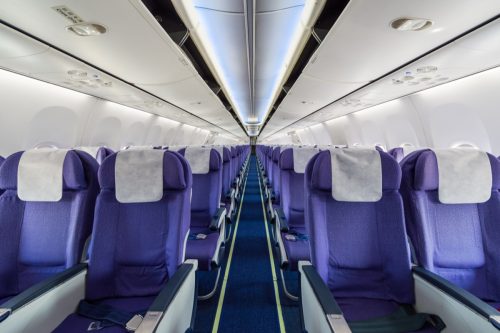
Drury pointed to a 2015 investigation by Time magazine, which looked at 35 years of airline accidents. It found that seats in the back third of the aircraft had a 32 percent fatality rate, compared with 39 percent in the middle third and 38 percent in the front third. The analysis determined that the seats with the very highest fatality rate (44%) are aisle seats in the middle of the airplane.
The center seats in the rear of the plane had the lowest fatality rate (28%). “As for why the middle seats are safer than the window or aisle seats, that is, as you might expect, because of the buffer provided by having people on either side,” wrote Drury.
This Exit Row Is the Safest, If There Is No Fire
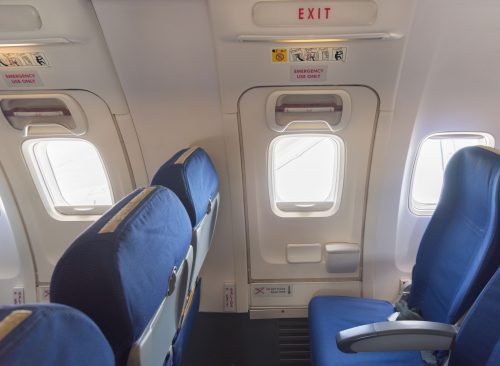
“Sitting next to an exit row will always provide you with the fastest exit in the case of an emergency, granted there’s no fire on that side,” wrote Drury. “But the wings of a plane store fuel, so this disqualifies the middle exit rows as the safest row option.” He added: “At the same time, being closer to the front means you’ll be impacted before those in the back, which leaves us with the last exit row.”
Five Rows From Exit Offer Highest Survivability
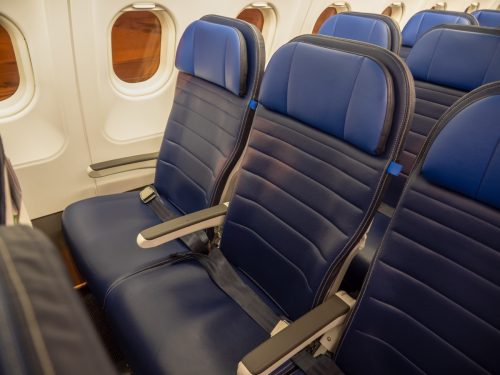
People who sit near an exit are more likely to survive a crash, a 2008 study by the University of Greenwich found. The researchers found that sitting up to five rows from an exit offered a better-than-even chance of escaping a fire on board. However, when seated six or more rows from an exit, “the chances of perishing far outweigh those of surviving.” They found that people with aisle seats had a “marginally” higher chance of surviving a fire (65%) than people seated by a window.
Severity of Accident Matters, Of Course
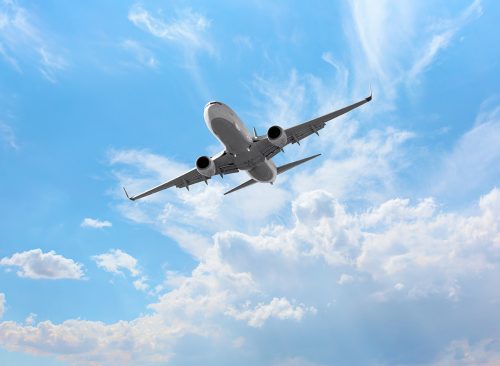
Certain accidents are also more survivable than others. Running into a mountain and landing nose-first into the ocean have produced far more deadly incidents than crash landings on flat ground, he noted. “Pilots are trained to minimize potential risk in an emergency event as best as they can,” wrote Drury. “They will try to avoid hitting mountains and look for a level place, such as an open field, to land as normally as possible.”
“Aircraft are designed to be very robust in emergency situations,” he noted. “Manufacturers are designing new planes with more composite materials capable of handing in-flight stress. In these designs, the wings are not rigid and can flex to absorb extreme loading to prevent structural failure.”
RELATED: The 10 Deadliest Beaches in the U.S. Known for Shark, Surfing and Hurricane Fatalities
Type of Plane May Make a Difference
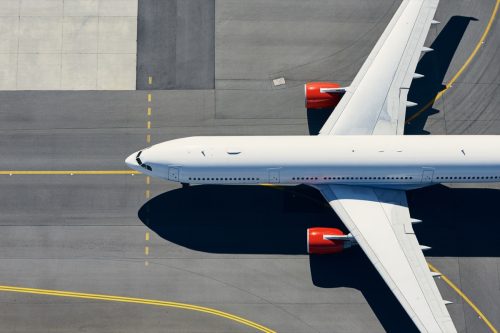
“Generally, larger planes will have more structural material and therefore more strength to withstand pressurization at altitude. This means they may provide some additional protection in an emergency,” Drury noted. “But this, again, is highly dependent on the severity of the emergency.” “He added: “That’s not to say you should book your next flight on the largest plane you can find.”














